 New Year Resolutions for Pets: Tips for enhancing animals’ lives and our own. That’s right, pets can have New Year’s Resolutions too!
New Year Resolutions for Pets: Tips for enhancing animals’ lives and our own. That’s right, pets can have New Year’s Resolutions too!
With the New Year here, it’s time to take stock and make improvements in our lives and our pets’ lives. Here are some New Year Resolutions for Pets ideas and tips to hopefully enhance the health and add some fun to your pets’ lives.
Pets can suffer from overeating and lack of exercise just like humans. But there are more things to consider than diet and exercise when it comes to being a good example for our pets. Here are a few tips to help your pets be happier and healthier in 2025.
8 Tips:
-
-
Exercise
Firstly, regular exercise has the obvious health benefits, but it also is a great time to bond with our pets. A simple daily walk helps a dog learn proper manners. In addition, it provides some good quality time, and does wonders for the human counterpart, too! Keeping pets at the proper body weight reduces the risk of heart and joint problems, diabetes, and a host of other poor health conditions.
-
Health Check Up
Secondly, regular visit to your veterinarian is the best way to stay ahead of potential problems. Annual examinations of teeth, heart/lungs, and body condition overall will be less costly than waiting for a problem to develop and your pet suffering needlessly from complications of preventable problems. Having a good “baseline” of information about your pet also gives the veterinarian something to compare against and determine exactly what is wrong when something isn’t quite right with your pet.
-
Good Nutrition
Like humans, pets who eat poor quality food just do not have the health reserves that those that a good balanced diet. Poor skin, hair coat, muscle tone, and obesity problems can be a result of a poor diet. Also, pets are not humans — a diet rich in table scraps is not a healthy one, and can lead to problems such as obesity and pancreatitis.
-
Good Grooming
No one wants to be around a stinky pet. Regular grooming for example, bathing, toe nail clips, brushing teeth and hair coat, parasite control. As a result, it not only makes the pet more pleasing to be around, it is much healthier for the pet! For skin and coat problems that don’t resolve with regular grooming, please see your veterinarian. Above all, there may be an underlying medical condition affecting the skin, coat, or toenails.
-
Safety
Keeping pets safe is something most pet owners take for granted. However, take a moment to assess the toxic chemicals used in your house and yard. Are they necessary? Are all safety precautions followed? Where are household chemicals stored? Can your pet access these items? If toxins such as rodent poisons are used, can your pet access the rodents? Think too about enclosures for pets — is the fencing secure? Can your pet get caught or hooked up on the fence, a tree, etc. and choke or be stuck out in the weather when you are away?
-
Information
Being informed is the best way to keep track of our pet’s health and well-being. If possible, keep a medical log of your pet’s vet visits, medications, special needs, etc. to help keep track of your pet’s medical history. Knowing what is normal and not normal for your particular pet will assist your vet figure out what is wrong in the case of illness. For example, the Internet is a wealth of information. However, caution is advised. Especially when seeking out a diagnosis or medical assistance via the web. Just as in real life, there is good information and bad information out there. The only way to get an answer/diagnosis is through a thorough physical examination. In addition, a review of medical history, and possible lab work performed by your veterinarian.
-
Love and Attention
This is probably obvious, but too many pets are left outside in all kinds of weather, with very little human contact. Same goes for inside pets. For example, those who are largely ignored for lack of time and busy human schedules. Most importantly, take the time to focus on your pets and create/nourish that human-animal bond!
-
Maintenance
This refers to the more “unpleasant” aspects of pet care. For example, the litter box scooping, yard clean up, cage cleaning, and fish tank maintenance. A clean environment for our pets is a healthy one! Poor sanitation can lead to behavior problems (i.e. litter box avoidance) and health problems such as skin infections and the spread of communicable diseases.
-
In conclusion, visit Kissimmee Valley Feed for the best pet health supplies (and tell us your New Year Resolutions for Pets!)
Article Source: Janet Tobiassen Crosby, DVM, on About.com





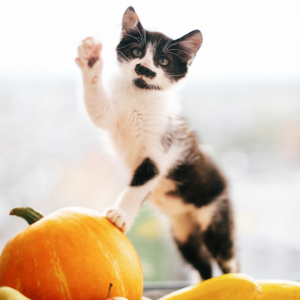 Keep in mind these Thanksgiving safety tips for pets during the holidays. Let’s make sure it’s not a dangerous time for your furry friend! Enjoy time with your family and avoid a visit to your veterinarian by following this guide:
Keep in mind these Thanksgiving safety tips for pets during the holidays. Let’s make sure it’s not a dangerous time for your furry friend! Enjoy time with your family and avoid a visit to your veterinarian by following this guide: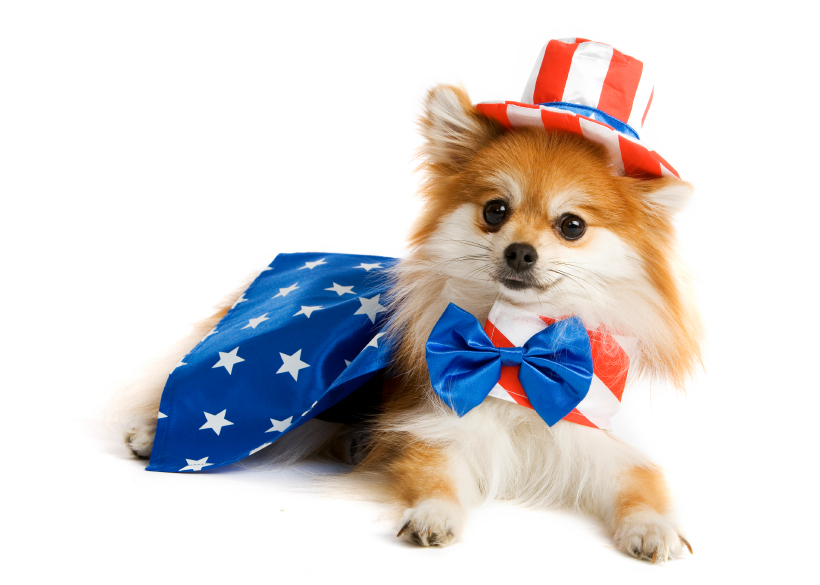
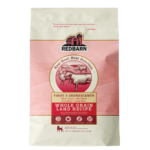
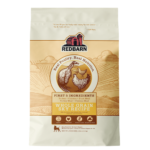
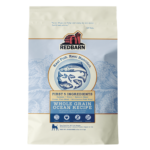 New Redbarn Whole Grain Dry Dog Food: Store #2 welcomes Redbarn’s Whole Grain Dry Dog Food to our shelves! We now carry all three of their products.
New Redbarn Whole Grain Dry Dog Food: Store #2 welcomes Redbarn’s Whole Grain Dry Dog Food to our shelves! We now carry all three of their products.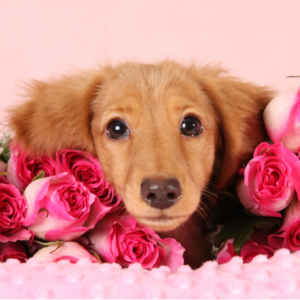 Valentine’s Day Pet Safety Tips: Each year our poison control experts see a rise in cases around February 14, many involving chocolate or lilies, a flower that’s potentially fatal to cats. Valentine’s Day can be as much fun for pets as it is for humans—as long as dangerous items are kept out of paws’ reach!
Valentine’s Day Pet Safety Tips: Each year our poison control experts see a rise in cases around February 14, many involving chocolate or lilies, a flower that’s potentially fatal to cats. Valentine’s Day can be as much fun for pets as it is for humans—as long as dangerous items are kept out of paws’ reach!